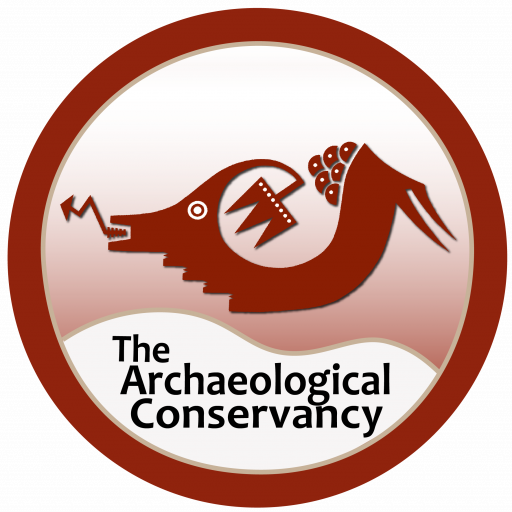Meteorites Found at or near Ancient Ruins in Central Arizona
- Ken Zoll
- Executive Director Emeritus of the Verde Valley Archaeological Center
On October 26, 2023 we held our third virtual lecture with Ken Zoll, Executive Director Emeritus of the Verde Valley Archaeology Center and Museum in Camp Verde, AZ. Ken discussed meteorites that have been found at several ancient sites in the American Southwest.
Four of these meteorites were in or near dwellings of the Sinagua Culture in Central Arizona. The Sinagua meteorites were determined to be part of the Canyon Diablo meteorite that created Meteor Crater near Flagstaff more than 50,000 years ago. Literature suggested that these specimens were manually transported to their locations by Native Americans hundreds of years ago. However, using recent research and modeling, the manuport hypothesis is questioned, resulting in an alternative conclusion. In addition, the estimated date of the destruction of one of the Sinagua ruins was confirmed using radiocarbon dating of charred material adhering to the meteorite that was found in the dwelling.
About the presenter
Ken Zoll is a founding member of the Verde Valley Archaeology Center and Museum in Camp Verde and was its Executive Director from 2012 to 2022, when he retired and was named Executive Director Emeritus. Ken is also a “featured presenter” on Arizona archaeology for the “Best of Sedona” Road Scholar program of Northern Arizona University. Author of six books and several articles on archaeology, rock art and cultural astronomy, he continues to study, teach and write.
Free For Everyone
Our virtual lectures are a part of our Outreach and Education efforts. They are free to our Members and the General Public. Recorded lectures are posted on YouTube and on the event page after the event occurs.
For questions about the event or how to register, please contact Susan Bowdoin (tac.connect@gmail.com) or Sarah Webber (saraht.tac@gmail.com).

This lecture series is sponsored by The Archaeological Conservancy and is made possible in part with grant support from the New Mexico Humanities Council.
*Any views, findings, conclusions or recommendations expressed in this (publication/program) do not necessarily represent those of the National Endowment for the Humanities or the New Mexico Humanities Council.




